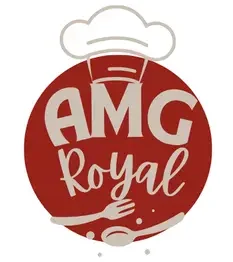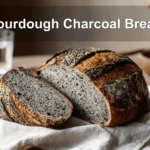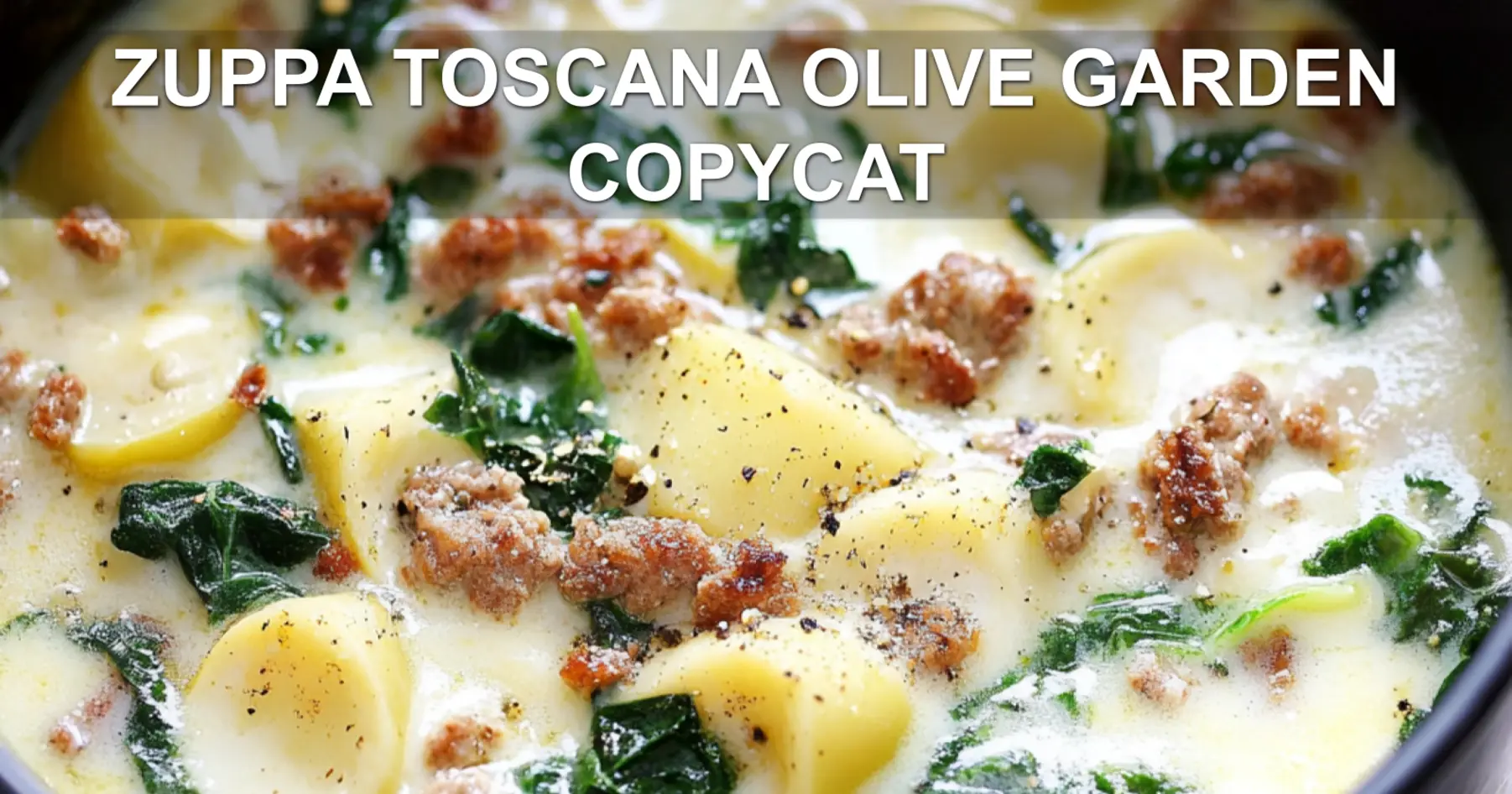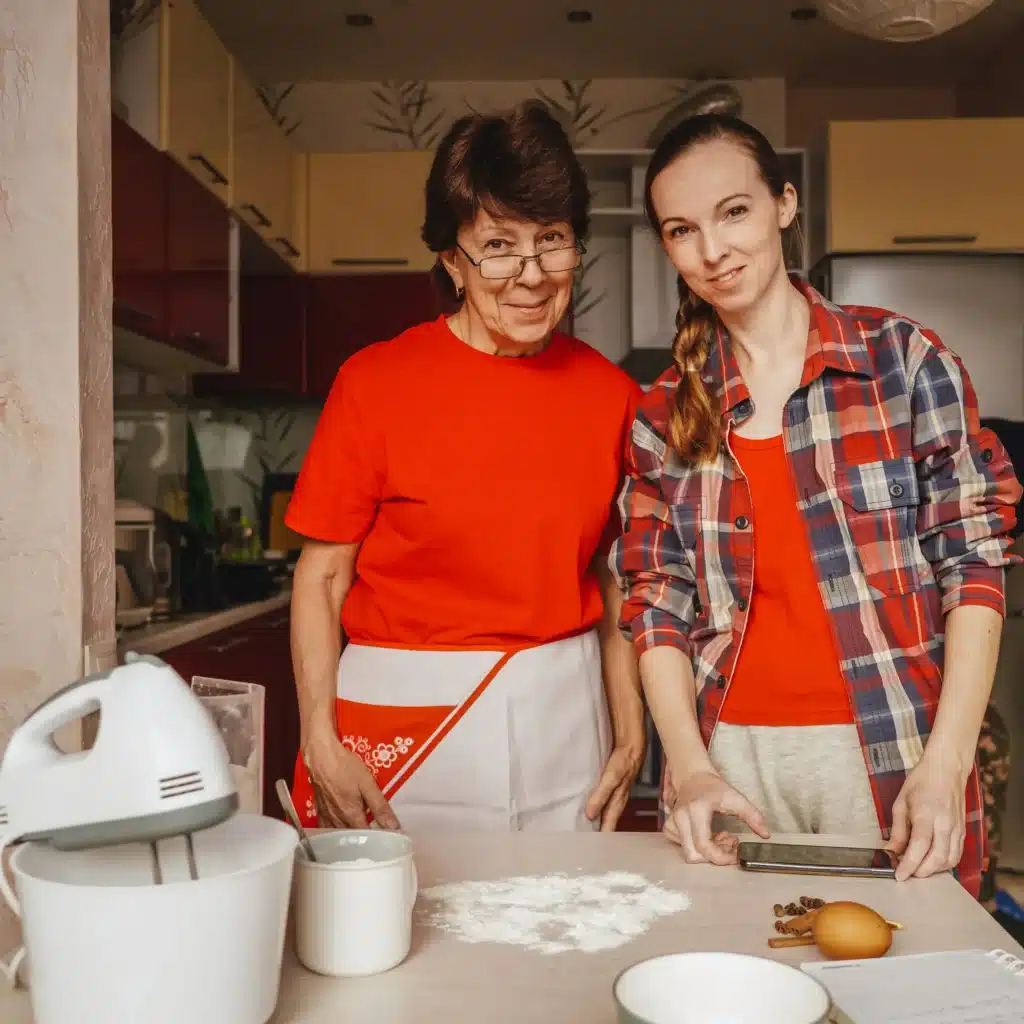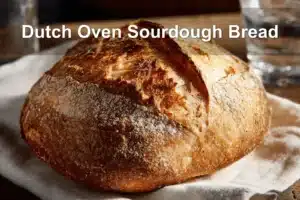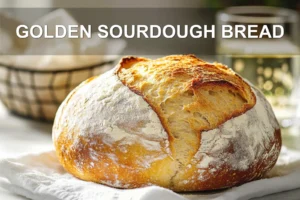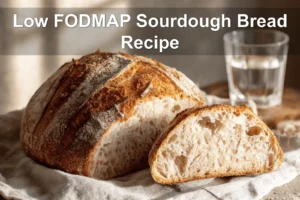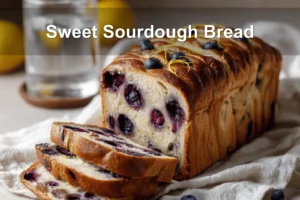Ever notice how the scent of warm, crusty bread can stop you in your tracks? That’s exactly what Sourdough Charcoal Bread did to me—right after I spotted it making the rounds on TikTok and Pinterest. It’s moody, crackly, and tastes like earth-meets-hearth. I had to try it. It’s got that sourdough tang, plus a charcoal twist that gives it detox cred and a gorgeous dark glow. Not hard to make, just a bit of patience and some floury fun.
It’s a cozy sourdough recipe with a bold little edge—flour, water, bubbly starter, and a scoop of activated charcoal for flair. Kind of like Grandma’s Sunday bread, but with a modern mood. Nothing fancy. Just pantry stuff and good vibes. Full details in the blog!
We learned bread by heart in Mama’s sunny kitchen—apron dusted, hands sticky, laughs all around. I tweaked this loaf a few times to get that perfect chew and crackle. No fancy gear. Just slow-fermented love. I tested it. You’ll love the secret that makes it shine.
Why You’ll Love This Recipe
This bread is that magical combination of old-world sourdough vibes and modern health trends. It’s got the tangy, chewy goodness we all love in sourdough, but with a bold, black-hued twist thanks to the activated charcoal. And no, it doesn’t taste “charcoal-y” at all! The charcoal adds subtle earthiness and detox benefits without stealing the flavor spotlight.
The first time I made it, I was nervous—was my dough going to look like a science project gone wrong? Spoiler: It was shockingly easy, and the results were stunning. That crackly crust with those smoky sesame seeds? Total showstopper. Plus, slicing into that moody loaf just feels indulgent in the best way.
Ingredients and Tools
Let’s break it down. The ingredients are pantry classics, with a couple of stars that make all the difference. Here’s what you need:
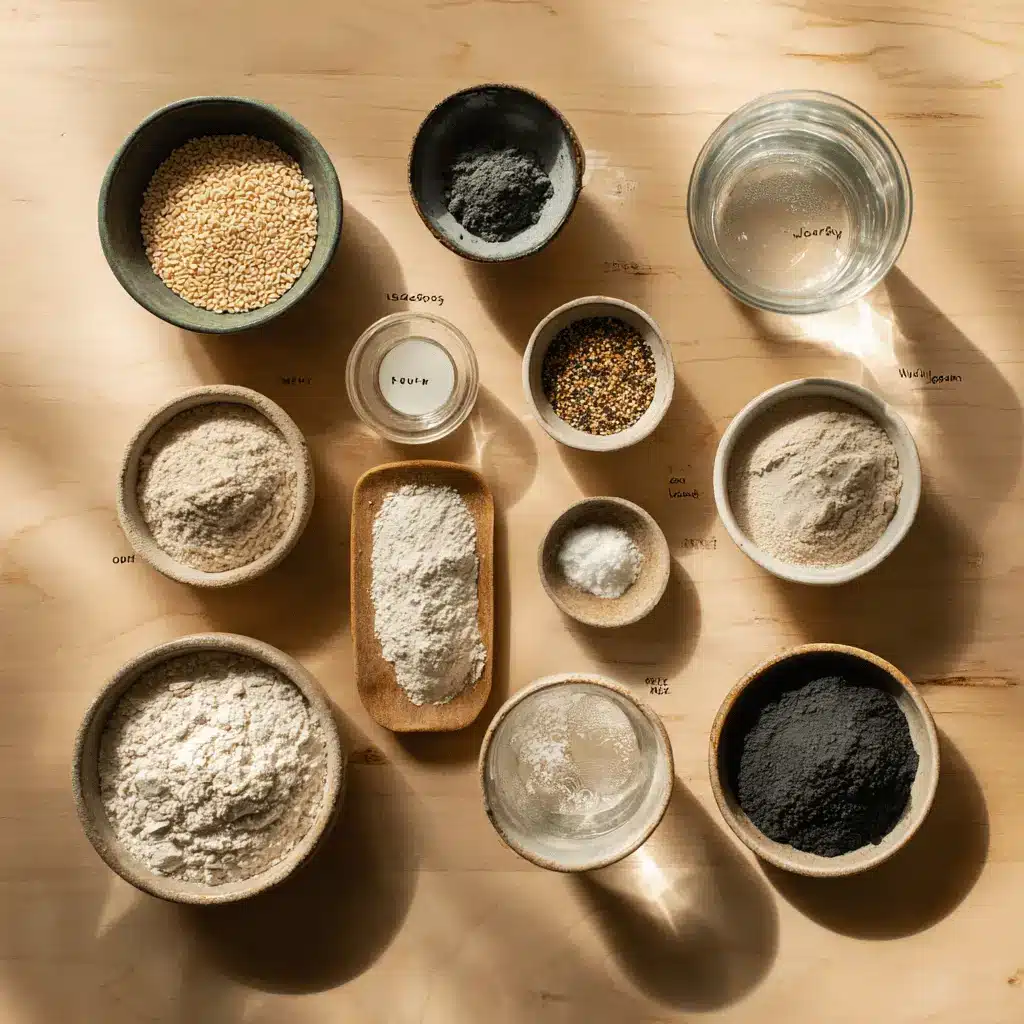
- Sourdough starter: Make sure it’s active and bubbly, like champagne on a good day.
- Bread flour and whole wheat flour: A combo for the perfect balance of chew and nuttiness.
- Activated charcoal: The magic ingredient for that rich black color and detox points. Find it at health stores or online.
- Sesame seeds: Toasty, nutty perfection to sprinkle through and on top.
- Salt: Never skip—it’s the flavor hero in bread baking.
Tool-wise, a banneton for shaping and a Dutch oven for baking are ideal. No banneton? A bowl lined with a well-dusted kitchen towel works too. No Dutch oven? Try a heavy baking dish with a lid—it’s all about trapping that steam for the crust.
Step-by-Step Process
This bread may look fancy, but the process is simple (promise). Here’s the game plan:
- Mix the dough: Stir together your flours, water, starter, salt, and charcoal. It’ll go from gray to jet black as you knead—kind of mesmerizing!
- Bulk fermentation: Let it sit for 4–6 hours, folding it every 30 minutes. The dough gets less sticky and more elastic with each fold.
- Proofing: Shape your dough (don’t forget to dust the banneton with rice flour) and pop it into the fridge overnight. Long, slow proofing is the secret to both flavor and that moody, artisan look.
- Bake: Preheat your Dutch oven, carefully transfer the dough, and bake for about 45 minutes. Voilà—crusty, chewy magic!
Troubleshooting and Lessons Learned
If your first loaf isn’t insta-worthy, don’t worry—it happens to the best of us. Here’s what might go wrong:
- Dense bread? Your dough might have under-proofed. Give it more time to rise next time.
- Sticky dough? Slightly wet hands work wonders for folding. Sticky is good—it means your dough is hydrated. Dust, don’t drown it in flour!
- Flat loaf? Check your starter. It needs to be super bubbly to rise properly.
Pro Tip: Keep notes! Bread baking is part science, part art—and a little trial and error makes every loaf better.
Serving, Variations, and Storage Tips
This bread is a vibe all on its own, but pair it with whipped butter, ricotta drizzled with honey, or even a hearty soup, and it’s next-level cozy. The sesame seeds add crunch, but feel free to experiment—black sesame, flax seeds, or even fresh rosemary would be beautiful.
To store, wrap it in a clean towel for up to 2 days, or slice and freeze it in an airtight bag for those emergency toast cravings. Just pop a frozen slice in the toaster!
Pro Tip: This loaf makes jaw-dropping grilled cheese—especially with sharp cheddar or smoky gouda. The charcoal adds just enough flair to make it unforgettable.
Quick Comparison Chart: Regular Sourdough vs. Sourdough Charcoal Bread
| Aspect | Regular Sourdough | Sourdough Charcoal Bread |
|---|---|---|
| Color | Classic golden brown | Deep, dramatic black |
| Flavor | Tangy and slightly nutty | Same tang, plus earthy undertones |
| Health Perks | Gut-friendly fermented starter | Fermented starter + detoxifying charcoal |
Expert Insight: The Science Behind Sourdough Charcoal Bread
Sourdough charcoal bread uniquely combines traditional fermentation with activated charcoal’s detoxifying properties. The natural sourdough culture enhances flavor complexity and digestibility, while the charcoal adds a striking color and may aid in toxin absorption. This blend creates an artisanal loaf that’s as visually captivating as it is gut-friendly.
For more delicious recipes and cooking inspiration, follow me on Facebook, Pinterest and Reddit!
Perfecting My Sourdough Charcoal Bread
After several attempts filled with burnt edges and underproofed dough, I finally mastered my sourdough charcoal bread. Each mistake taught me to trust the process and listen to the dough’s rhythm. This recipe is the result of patience, trial, and a love for deeply flavored, rustic loaves shared across my family table.
FAQs ( Sourdough Charcoal Bread )
What is sourdough charcoal bread?
Sourdough charcoal bread is a unique twist on traditional sourdough, incorporating activated charcoal to give it a striking black color and a subtle smoky flavor. It still has that classic tangy sourdough taste but with an eye-catching appearance that’s perfect for impressing guests or jazzing up your sandwich game.
Is charcoal safe to use in baking?
Absolutely! Activated charcoal used in baking is food-grade and safe when used properly in small amounts. It not only adds color but can also aid in digestion. Just be sure to buy from trusted sources and measure carefully to keep your bread delicious and safe.
How do I make sourdough charcoal bread at home?
To make it at home, simply add a small amount of activated charcoal powder to your usual sourdough dough ingredients. Follow your typical sourdough recipe steps—mix, ferment, shape, and bake. The key is not to overdo the charcoal; a teaspoon or two is plenty to get that beautiful black hue and smoky hint.
Does charcoal affect the flavor of the bread?
Yes, but subtly! The charcoal adds a mild earthy, smoky undertone without overpowering the tangy sourdough flavor. It’s a lovely addition that adds depth and a bit of mystery to your bread, especially if you love experimenting in the kitchen.
Where can I buy activated charcoal for baking?
You can find food-grade activated charcoal at health food stores, specialty grocery shops, or online marketplaces like Amazon. Just make sure the label says “food grade” to guarantee it’s safe to use in your sourdough charcoal bread or other recipes.
Wrapping Up Your Sourdough Charcoal Bread Adventure
Sourdough Charcoal Bread comes together with a bit of patience and plenty of kitchen love. The chewy crumb and crackly crust make every bite feel like a comforting homemade hug. You’ll love how simple ingredients turn into something unexpectedly special—no stress, just that soulful baking joy.
Try swapping sesame for toasted flax or adding fresh rosemary for a fragrant twist. Store wrapped in a towel for a couple of days or freeze slices for hassle-free mornings—a tip I picked up from bakers who swear by flexibility in the kitchen. It’s all about making this loaf your own little tradition.
Did this bread bring a smile to your table? Share your photos or secret tweaks—I adore hearing how you make these recipes yours. Pass it on to someone who could use a cozy slice, and remember: baking is where memories rise, one loaf at a time.
PrintSourdough Charcoal Bread: Healthy Twist with Detox Benefits
This sourdough charcoal bread offers a healthy twist with detox benefits, combining activated charcoal with whole grains for a nutrient-rich and flavorful loaf perfect for health-conscious bakers.
- Prep Time: 15 minutes
- Cook Time: 40 minutes
- Total Time: 6 hours 55 minutes
- Yield: Serves 8
- Category: Bread
- Method: Baked
- Cuisine: American
- Diet: Vegetarian
Ingredients
- 100 grams sourdough starter active
- 400 grams bread flour
- 100 grams whole wheat flour atta
- 375 grams filter water
- 10 grams activated charcoal
- 100 grams sesame seeds
- 10 grams salt
- Rice flour to dust the banneton
Instructions
- Mix sourdough starter with water.
- Add bread flour, whole wheat flour, activated charcoal, and salt.
- Knead the dough until smooth.
- Let the dough ferment for 4-6 hours.
- Shape the dough and dust with rice flour.
- Proof the dough for 2 hours.
- Preheat oven to 230°C and bake the bread for 35-40 minutes until crusty.
Notes
- For best results use fresh activated charcoal and maintain consistent fermentation times
- The charcoal adds a unique color and detoxifying properties but does not alter the flavor significantly
Nutrition
- Serving Size: 1 slice
- Calories: 150 kcal
- Sugar: 1g
- Sodium: 200mg
- Fat: 4g
- Saturated Fat: 0.5g
- Unsaturated Fat: 2g
- Trans Fat: 0g
- Carbohydrates: 28g
- Fiber: 4g
- Protein: 6g
- Cholesterol: 0mg
